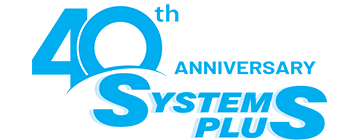Instructions for Use:
- Remove the required number of ampoules from the frame. Be careful not to damage the foil of remaining ampoules.
- Open ampoules by punching a hole in the aluminum foil with the corner of the ampoule frame or a pair of scissors. Mark the ampoules with a number for sample identification.
- Take a fresh disposable pipette for each milk sample. Do not re-use pipettes. Do not touch the tip-end, which will be in contact with the milk.
- Add the milk into the pipette by squeezing the smaller upper bulb once, hold it, dip the pipette tip about 1 cm into the milk sample. Then, release pressure on the bulb and the pipette (stem) will fill itself with the appropriate volume (0.1 ml) of milk.
- Transfer the milk sample by gently and completely squeezing the same upper bulb, adding the milk straight onto the agar medium. Note: After pipetting, a small amount of milk will remain in the pipette reservoir (the small lower bulb).
- Check that the temperature of the incubator is (64°C +/- 2°C). Place the ampoules into the incubator. Record the time and set the timer for 3 hours (SP-NT), 3 hours 15 minutes (T)
- Read the colour of the solid agar in the ampoules after the required incubation time.
Points of Attention:
- Refer to the colour card for the correct yellow colour indicating negative. The incubation time for sheep milk takes approximately 10 minutes more than goat or cow milk.
- To allow more time for reading after incubation, the tests can be dipped in a cold bath of water with ice. The cold stops further colour change.
- The 1/3 upper part of the agar gel in the ampoule might remain purple while the 2/3 lower part of the gel is yellow. The test result is then negative.
- Do not use the pipette from the Delvotest BLF test.

